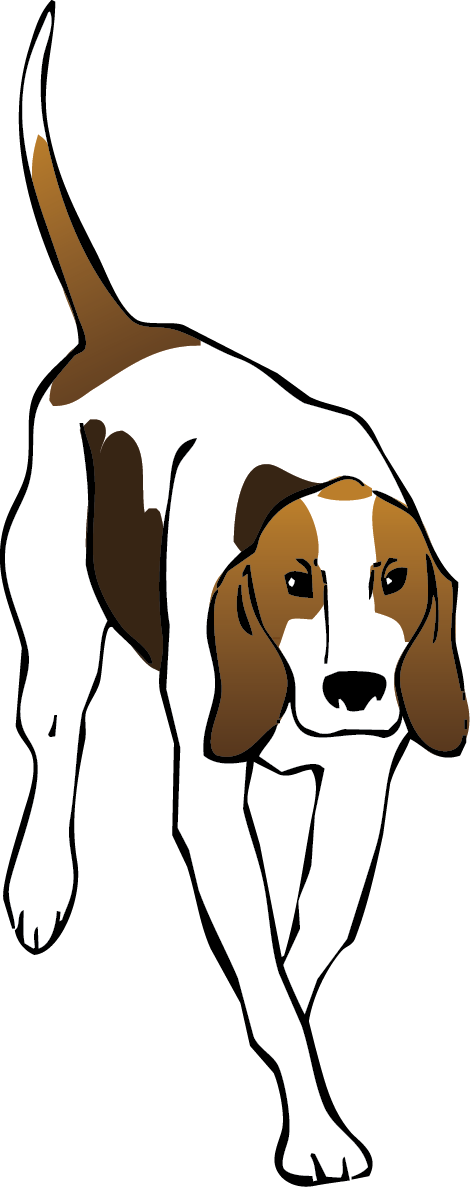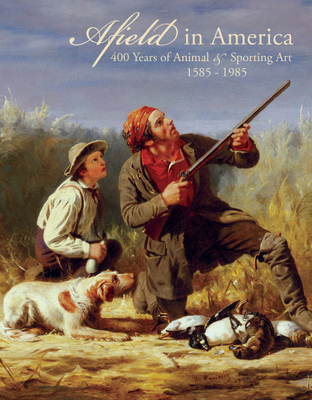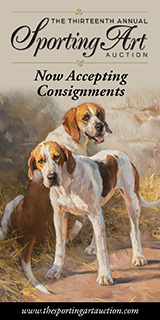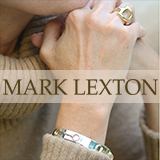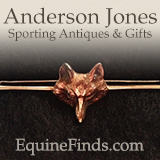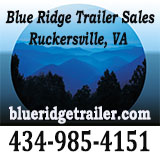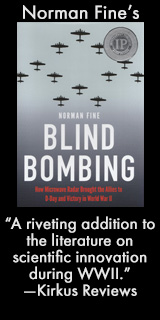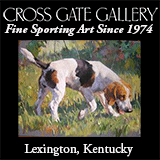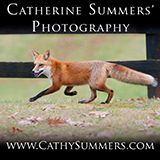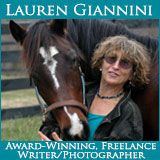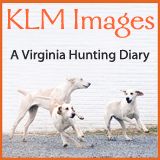National Sporting Library
Drag Hunting Today
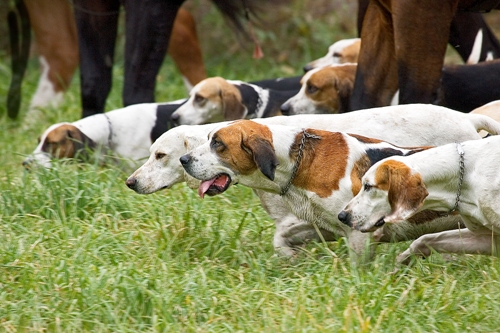 Wayne-DuPage drag hounds head to covert. / Chris Carney photo
Wayne-DuPage drag hounds head to covert. / Chris Carney photo
Drag hunting, according to conventional wisdom, is what a hunt does when its country is constricted by suburban development. Sometimes that’s true, but, more often, hunts follow a dragged line of man-laid scent because the Masters want to. And a few hunts have been doing it for more than a century.
Each type of hunting—live or drag—has its pluses and minuses, depending on the needs and priorities of the participants. Drag hunting offers a controlled hunting experience to the benefit of hounds, riders and landowners. With a judicious laying of the drag, hounds are safer because roads and other hazards can be avoided; farmer’s crops are protected from horse’s hooves; homeowners’ lawns and yards are not trampled; and small pets are safe from the attention of hounds (all assuming that hounds don’t riot).
For riders who seek a gallop over fences, drag hunting offers a more efficient use of time, with no standing on a windy hillside while hounds search a covert for a fox (which may or may not be found). Thus the drag-hunting day typically lasts about two to three hours, with guaranteed galloping and jumping, better suiting those with a busy schedule, rather than the three- to five-hour day usually consumed by the ebb and flow of live hunting.
Mr. Mellon’s Tribute to the War Horse
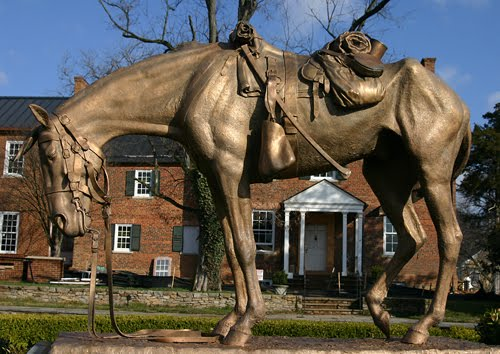
Appalled as we are by the human death and casualty figures resulting from the Civil War, less known is the fact that well over a million horses died in service during that conflict. Many of those horses, belonging to officers and cavalrymen of both sides, must have carried their riders after foxhounds in happier days.
The late Paul Mellon believed that these animals deserved to be remembered, and he determined to create an authentic memorial for them. The result, a product of artistic genius coupled with painstaking research, is an exceedingly moving piece of sculpture. Any foxhunter or horse lover will be well-rewarded by a visit to the National Sporting Library and Museum in Middleburg, Virginia or to the U.S. Cavaly Museum at Fort Riley, Kansas to see either of the two castings from the original mold. (-Ed.)
The sculpture of the war-weary Civil War horse in the courtyard of the National Sporting Library had its origin in the mind of the late Paul Mellon.
In 1994 Mr. Mellon received a book for his eighty-seventh birthday titled The Cavalry Battles of Aldie, Middleburg and Upperville, June 10-27, 1863 by Robert F. O'Neill, Jr. O'Neill had conducted an enormous amount of research through books and newspapers of the period and letters and diaries of the participants that vividly brings those seventeen days to life. Reading of battles and bloodshed of human and horse right in this community had a profound effect on Mellon.
Washington Winter Show Features Exhibit on Loan from National Sporting Library
The 2013 Washington Winter Show, renowned for its antique and fine art offerings, this year celebrates the country and sporting life with exhibits on loan from the National Sporting Library in Middleburg, Virginia. The NSL’s Claudia Pfeiffer is the principal curator. Billed as “Thrill of the Chase”—a double entendre referring to the foxhunt and the antique hunt—the show previews on January 10, 2013 and runs from January 11–13. The exhibit is open free of charge to the public to further the understanding and appreciation of antiques. General admission tickets which include the show catalogue are $20.00. Claudia Pfeiffer contributed an essay to the catalog. At 1:00 pm on Friday, Honorary Chair Penny Chenery, owner of Triple Crown-winner Secretariat, will be represented by her co-author Leanne Meadows Laddin to sign copies of Secretariat’s Meadow: The Land, the Family, the Legend and Riva Ridge: Penny’s First Champion. The show will be held at the Katzen Arts Center, American University, 4400 Massachusetts Avenue, NW, Washington, DC 20016. Click here for details of this exceptional exhibit. Click here for more information on the show and to view the video of Secretariat’s monumental victory in the Belmont Stakes, capturing the Triple Crown and shattering the track record. Posted January 5, 2013
Read More
Hunting with King Louis XV
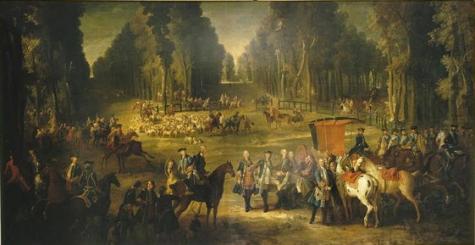 Rendez-Vous...in the Forest of Compiegne: preliminary painting for the tapestry by Jean-Baptiste Oudry at Fountainebleu
Rendez-Vous...in the Forest of Compiegne: preliminary painting for the tapestry by Jean-Baptiste Oudry at Fountainebleu
As a John H. Daniels Fellow at the National Sporting Library in Middleburg, Virginia, last fall, I did research concerning a series of nine large tapestries woven for Louis XV between 1736 and 1753 at the Gobelin manufacture. Called The Royal Hunts or The History of Louis XV, these tapestries decorated Louis XV’s favorite hunting chateau at Compiègne, just north of Paris. The artist who designed the tapestries, Jean-Baptiste Oudry* (1686-1755), was the official painter of the royal hunts who followed the hunt as part of the king’s entourage. He also painted numerous portraits of the royal hunting dogs.
Louis XV was known for his love of the hunt, and the series was meant to document the ritual of the hunt, the well-managed royal hunting grounds, and, of course, to glorify Louis XV. In the tapestries, as well as in the preliminary paintings for the tapestries now at the chateau of Fontainebleau, there are recognizable portraits of Louis XV, his hunt officers, his favorite horses and dogs, and specific sites in the royal forests of Fontainebleau and Compiègne. I was endeavoring to learn exactly what was transpiring in the images by consulting the eighteenth-century hunt treatises and manuals in the collection of the National Sporting Library.
NSLM Announces Inaugural Exhibition
Catalog Cover: William Tylee Ranney, On the Wing, 1850, private collectionThe National Sporting Library and Museum in Middleburg, Virginia has announced details of the inaugural exhibition to be hung in its new museum building. The structure has been built around the nucleus of the 1804 brick mansion, Vine Hill, that housed both The Chronicle of the Horse and the National Sporting Library for so many years. The exhibition, Afield in America: 400 Years of Animal and Sporting Art 1585–1985, is curated by F. Turner Reuter, Jr. and will run from October 11, 2011 through January 14, 2012. The exhibition is based on Reuter’s book Animal and Sporting Artists in America, published in 2008 by the National Sporting Library. Designed to appeal to a wide audience, Afield in America presents works by iconic American artists such as Albert Bierstadt, Alfred Jacob Miller, and Frederic Remington, as well as those by recognized masters of the animal and sporting art genre, including John James Audubon, Edward Troye, Arthur Fitzwilliam Tait, and William Tylee Ranney. “The works of other fine American sporting artists, which have long been esteemed by enthusiasts of the genre but, until recently, were often overlooked by art historians, are an important focus of the exhibition,” says Mr. Reuter. This group includes: William Herbert Dunton, Herbert Haseltine, Thomas Hewes Hinckley, Anna Hyatt Huntington, Alexander Pope, Ogden Pleissner, Percival Rosseau, and John Martin Tracy. Click for more details. The National Sporting Library was founded in 1954 by George L. Ohrstrom, Sr. and Alexander Mackay-Smith. It is a library, research facility, and art museum now containing more than seventeen thousand books and works of art in the collections. One week before the exhibition opens—from October 7–9, 2011—a historic coaching drive and gala will take place to commemorate the opening of the museum. Posted July 2, 2011
Read More
Meet Us at the Hound Show!
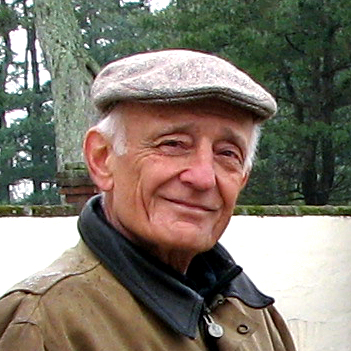 You’re invited to visit Foxhunting Life at our stand in the vendor area at the Virginia Foxhound Show on Sunday, May 29, for a free chance to win a beautiful set of four hand-painted china plates in a humorous hound puppy motif. These plates will go home with the winner of our drawing through the courtesy of Lizi Ruch—foxhunter, artist, and designer of the popular Artfully Equestrian line of hunt-themed tableware and gifts.
You’re invited to visit Foxhunting Life at our stand in the vendor area at the Virginia Foxhound Show on Sunday, May 29, for a free chance to win a beautiful set of four hand-painted china plates in a humorous hound puppy motif. These plates will go home with the winner of our drawing through the courtesy of Lizi Ruch—foxhunter, artist, and designer of the popular Artfully Equestrian line of hunt-themed tableware and gifts.
National Sporting Library Expands Mission, Changes Name
June 9, 2010
MIDDLEBURG, VA – The Board of Directors of the National Sporting Library has announced a name change for the institution. It is now known as the National Sporting Library and Fine Art Museum.
